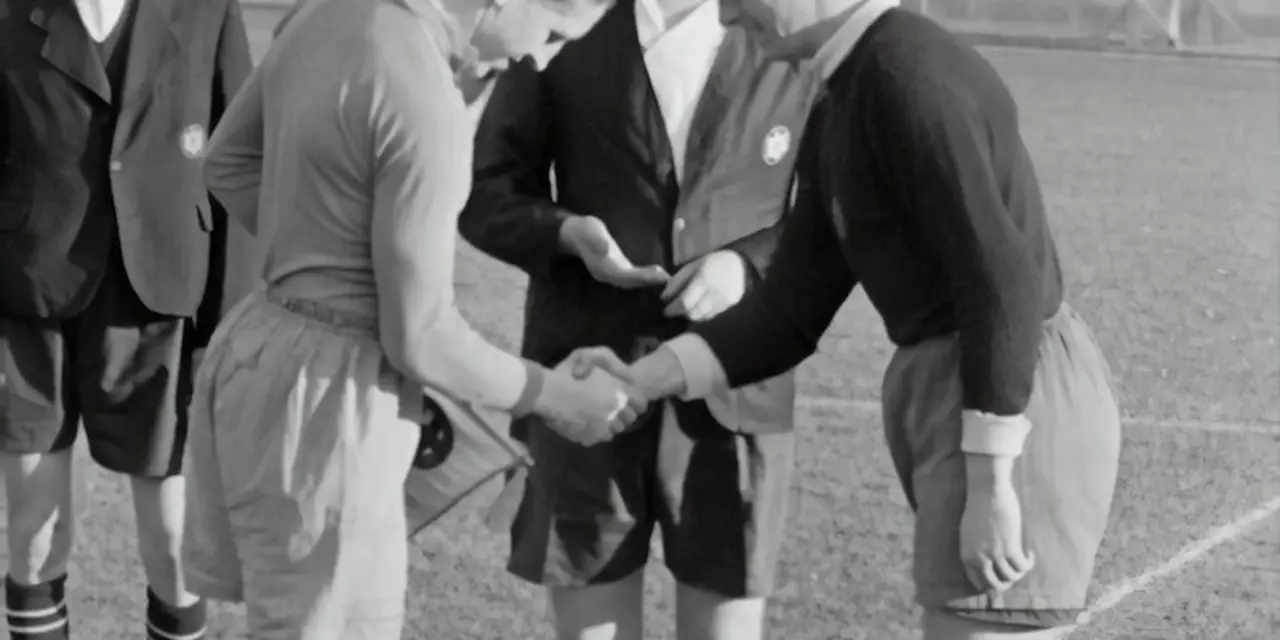Impact in Soccer Management
When we talk about impact, the measurable effect a decision, player or tactic has on a match or season, the conversation instantly turns to results on the pitch. impact isn’t an abstract idea; it’s the change you see in points, in goal margins, in the confidence of a squad. That change comes from three core engines: performance, the statistical output of players and teams during games, the strategy, the planned approach a coach uses to exploit opponents’ weaknesses, and the long‑term player development, the process of improving skills, fitness and game intelligence over seasons. In plain terms, a single substitution, a new formation, or a better training drill can swing the balance of a game. The relationship is simple: impact encompasses performance metrics, impact requires strategic planning, and performance influences player development. Coaching staff use these links every day, measuring how a tweak in strategy reshapes performance, which then feeds back into development plans. Understanding those connections helps you predict which moves will truly move the needle in a match or a season.
Why do some clubs seem to turn every change into a win while others stall? The answer lies in how they treat the three engines together. A manager who upgrades a player’s fitness routine (player development) but ignores tactical tweaks (strategy) might see a short‑term boost but no lasting impact. Conversely, a coach who studies opponent patterns, adjusts the formation accordingly, and then backs the change with targeted training sees the impact ripple through the whole squad. This triple‑action model shows up in real stories: Leicester City’s equaliser against Wrexham kept their unbeaten streak alive because a tactical shift allowed Jordan James to find space, and the team’s fitness level let him sprint into the box. Meanwhile, a poorly timed switch can hurt – a heavy cleat on a concrete surface causing blisters drops performance and erodes impact instantly. By mapping these cause‑and‑effect chains, you can spot where to invest time and resources for the biggest payoff.
Below you’ll find a hand‑picked set of articles that break down these ideas further. From match reports that highlight how a single goal changed a team’s momentum, to deep dives into how coaching decisions shape player development, each piece shows a different facet of impact in action. Whether you’re a budding coach, a player curious about how training translates to results, or a fan who wants to understand the numbers behind the drama, the collection gives practical insights you can apply right away. Let’s jump into the stories and see how impact plays out across real‑world scenarios.
